STRATEGY GUIDE: What are the tactical options for the 2025 Belgian Grand Prix?
Matt Youson takes a look at the different pit stop and tyre options that are available to the teams in the Belgian Grand Prix at Spa.
.webp)
There was daylight between McLaren and the chasing pack in Saturday's Qualifying – but this isn’t a race that’s going to be won or lost by a couple of tenths on a low-fuel lap. Tyre deltas, degradation, end-of-straight speed and a weather forecast that’s… exciting… are going to play their part in a race that certainly isn’t going to be static.
This perhaps, is not what Lando Norris, taking his fourth pole of the season and winner last time out at Silverstone, wants to hear, but it will provide considerably more cheer for team mate and Championship leader Oscar Piastri, starting P2, and Sprint winner Max Verstappen, starting P4… or anyone looking to make an impact with smart strategic thinking.
What happened last year?
There’s two versions of this: the one that involves the chequered flag and the podium, and the other that brings in the scrutineers, the weighbridge and Document 44 formally disqualifying George Russell.
Let's take the second one first. The race was a two-stopper, with a top three of Lewis Hamilton, Oscar Piastri and Charles Leclerc all running a very similar medium>hard>hard strategy.
Lando Norris, classified P5, and Esteban Ocon in P9 did the same. They all pitted between Laps 11-15, and then again between Laps 25-30. At other circuits, that might appear as quite a narrow window, but in the context of a 44-lap Belgian Grand Prix on F1’s longest track, it’s more of a gaping chasm.
There were plenty of variations on a theme with Max Verstappen finishing fourth on a medium>hard>medium strategy, Carlos Sainz sixth with hard>medium>hard, Sergio Perez seventh with medium>medium>hard (plus two laps at the end on soft to bag the extra point and set the lap record).
Daniel Ricciardo was 10th, being the only driver to fit a soft tyre for strategic purposes, running soft>medium>hard but the real outlier in the list is Fernando Alonso. The Spanish driver was classified P8, hanging it out for a tough one-stop of medium>hard, making his solitary pit stop on lap 13.
Alonso, of course, looked like being the second one-stopper home, with George Russell taking the flag and standing on the top step of the podium. Russell started P6, made a place on the first lap, and pitted early, on Lap 10, when running P5. He held position through the stops, and rose through the leading pack when cars ahead started to duck in for their second stops.
At some point during the middle stint, Mercedes decided he had the tyres to make it work, and so Russell simply kept going, surviving late pressure from team-mate Hamilton to win by 0.526s. However, his car was 1.5kg below the minimum weight of 798kg so it was an easy decision for the stewards that in no way negates a perfectly executed strategic ambush.
What’s the fastest strategy this time?
Pirelli are trying something a little different this year with a compound bridge in place. Last year we had the C2, C3 and C4; this year we have the C1, C3 and C4. The original intention was to introduce a genuine dilemma between a flat-out two stop and a more managed one-stop.
Conditions this weekend mean it’s not quite the designed choice – but there are plenty of options, depending on track temperature, ability to run in clean air, set-up decisions and – as is usually the case – what everyone else is doing.
Pirelli’s sims suggest the two-stop race is the fastest way to the flag… just. Their favoured strategy is a soft>medium>medium race with unusually wide pit windows. They have an optimal first stop between Laps 12-18, and a second between 25-31. This is very different to the preferred options in last year’s race when the soft tyre was not popular – but the tyres are a little more resilient in 2025.
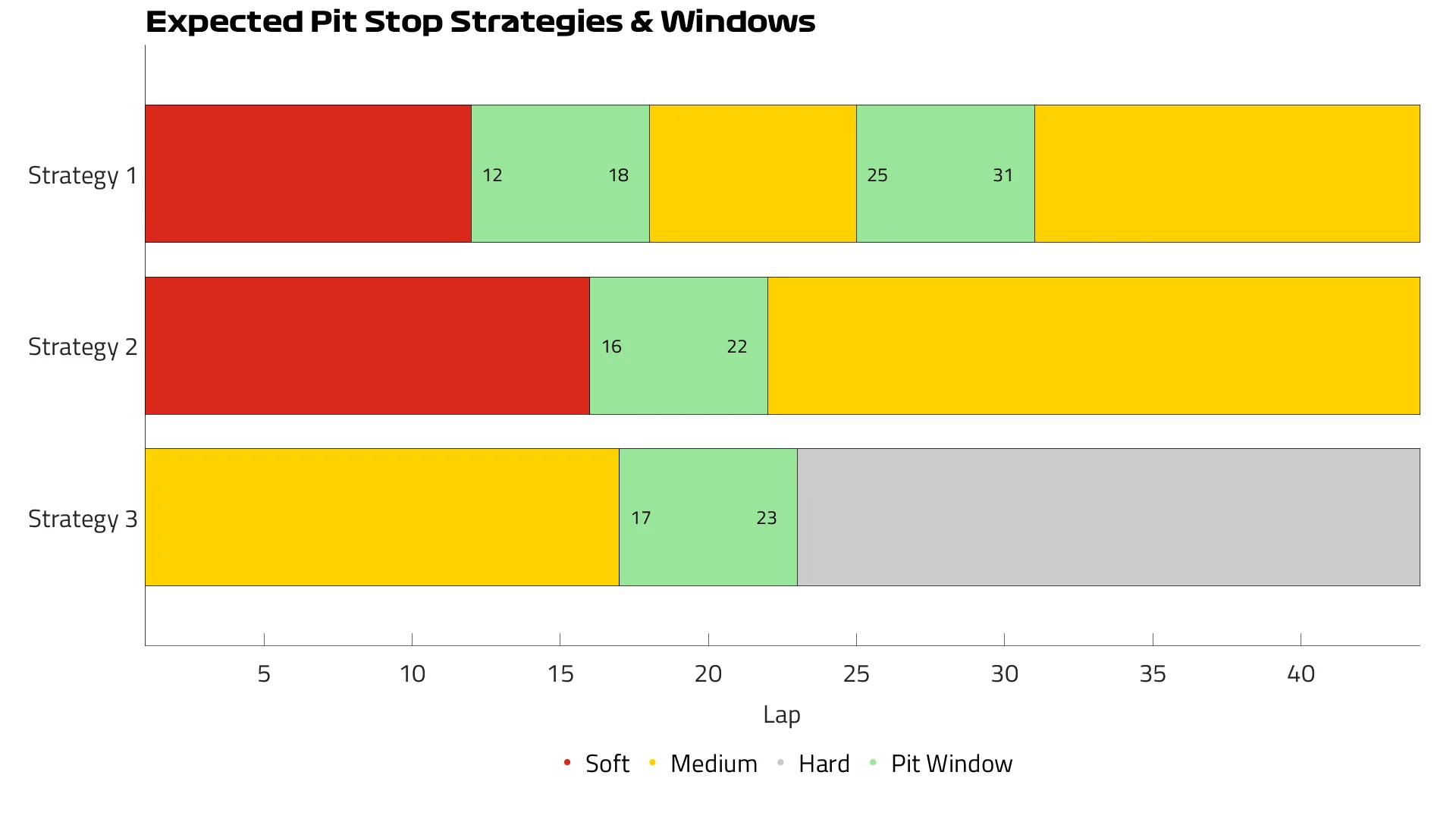
How about another option for the top 10?
It’s the tortoise or the hare today – if you accept a few minor tweaks to a narrative that now has a highly-motivated tortoise with a turn of speed unwitnessed in most chelonians, and a hare that’s lacking even an ounce of complacency. It’s close between one and two stops, and could easily be the sort of decision that teams don’t take until mid-race. It has an optimum window between Laps 16-22 of the 44.
“In our calculations, the two-stop soft>medium>medium is quicker than the one-stop soft>medium… but by just a few seconds,” says Pirelli motorsport director Mario Isola. “Tomorrow [Sunday] with lower temperatures and, because of those temperatures, degradation that can be more easily managed, soft>medium could be an option. It will need quite a high level of management… but it is possible.”

What about the back half of the grid?
A mixed grid at Spa is not an unfamiliar sight – but generally it’s been with engine penalties doing the damage. This year… we simply have a mixed grid – 13 places between Leclerc and Hamilton; 10 between Alex Albon and Sainz; 12 separating Russell and Kimi Antonelli.
There are cars with potential to be quick, threaded right through the field. Overtaking looked difficult in the Sprint – but with everyone on the same tyre of the same age, that’s often the case in the first stint of a race also, but as degradation and tyre deltas come into play, things start to become more fluid.
Given the length of the straights at Spa, quick cars don’t have to play long odds strategies to get up the field, they can simply drive a deterministic race and let pace win out.
But, for anyone wanting to try something different, there’s another one-stop strategy available. Medium>hard has a pit window between Laps 17-23. On paper it’s not quite as quick as the strategies involving a soft tyre – but it really does depend on which Spa turns up tomorrow.
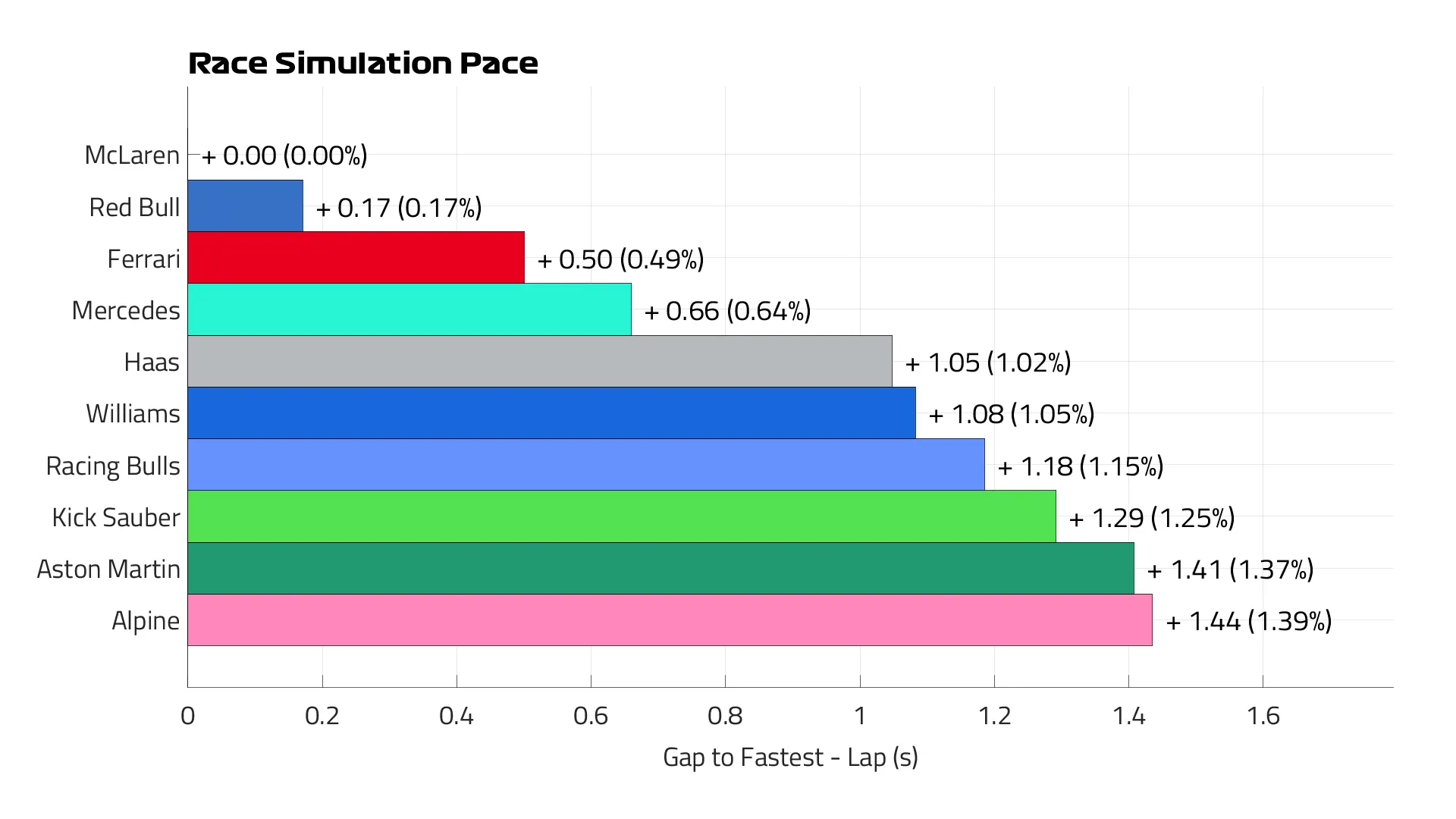
…and on that note, what’s the weather doing?
We’re at Spa so, frankly, what isn’t the weather doing? So far this weekend we’ve had brilliant sunshine, light drizzle, heavy rain and an F3 session postponed because the medevac helicopter doesn’t fly in heavy fog. Chances are it won’t snow on Sunday, but everything else is on the table.
The forecast, as of Saturday evening, suggested a very wet Sunday – albeit with the race at the time most likely to be dry. There’s an 80 per cent chance of rain in the morning, gradually decreasing through the early afternoon to 40 per cent between 1500-1700, before rising again to make the teams thoroughly miserable during pack-down.
Even if it doesn’t rain during the race, rain before will have a significant impact on the viability of the hard compound. It looked good on Friday – but in cooler conditions and a track washed clean, it’s going to slide around a lot, and suffer in much the same way it does in Barcelona.
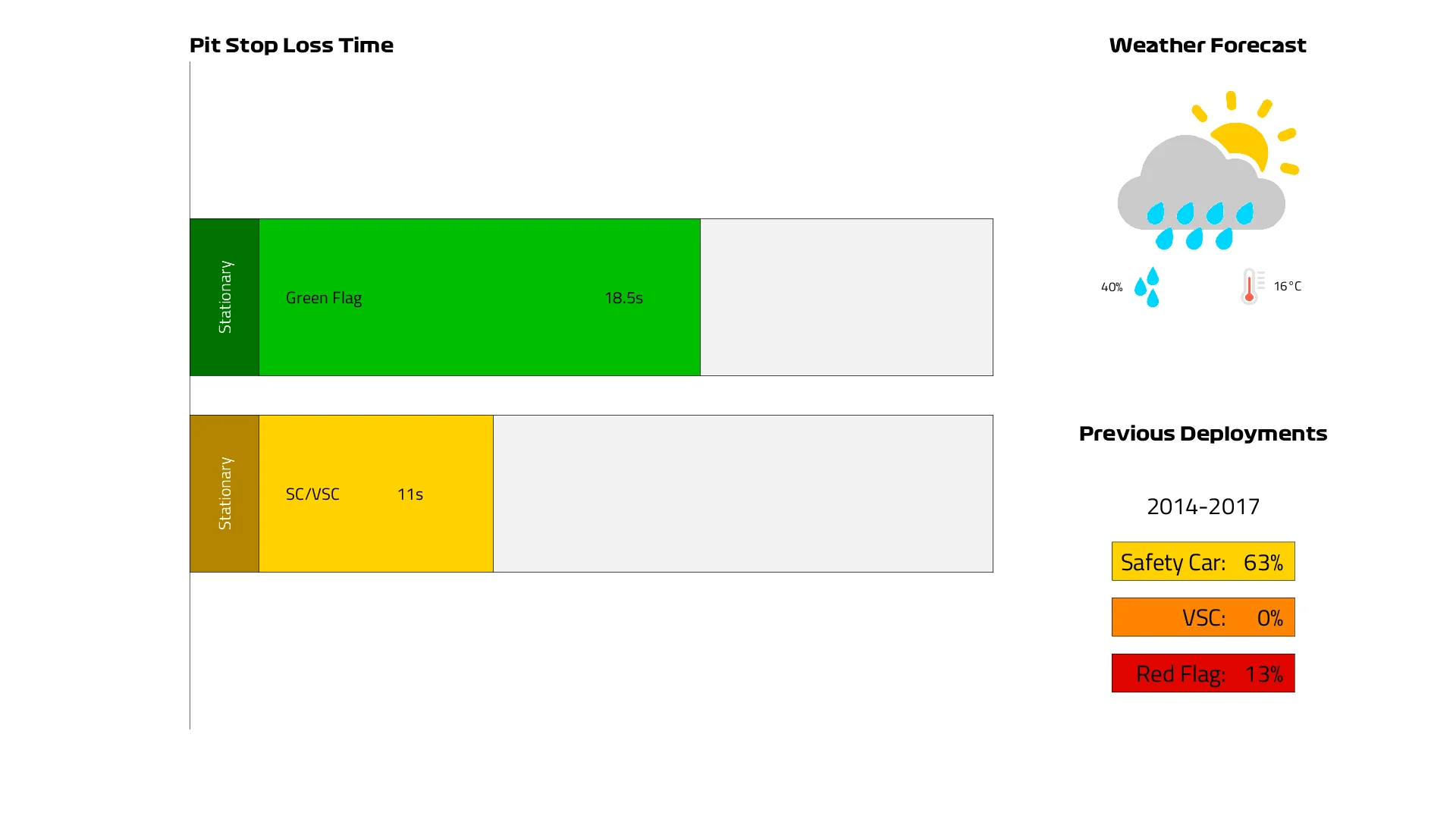
Next Up
Related Articles
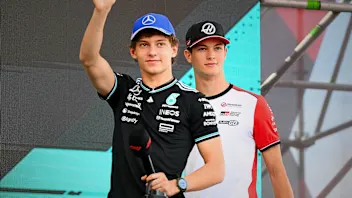 JacquesHow did the rookies do in their first F1 season?
JacquesHow did the rookies do in their first F1 season?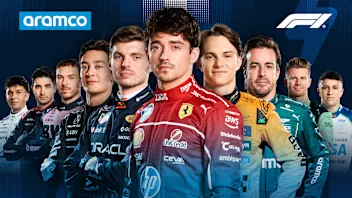 Power RankingsWho dazzled our judges at the finale in Abu Dhabi?
Power RankingsWho dazzled our judges at the finale in Abu Dhabi? An exclusive look into Pierre Gasly's off-track life
An exclusive look into Pierre Gasly's off-track life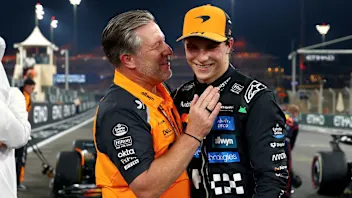 Piastri ‘should be proud’ of his season says Brown
Piastri ‘should be proud’ of his season says Brown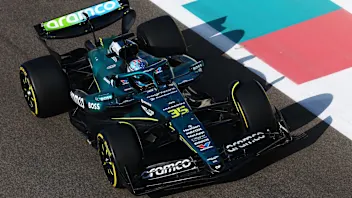 Crawford sets the pace at Abu Dhabi post-season test
Crawford sets the pace at Abu Dhabi post-season test Norris collects World Championship trophy at FIA Awards
Norris collects World Championship trophy at FIA Awards